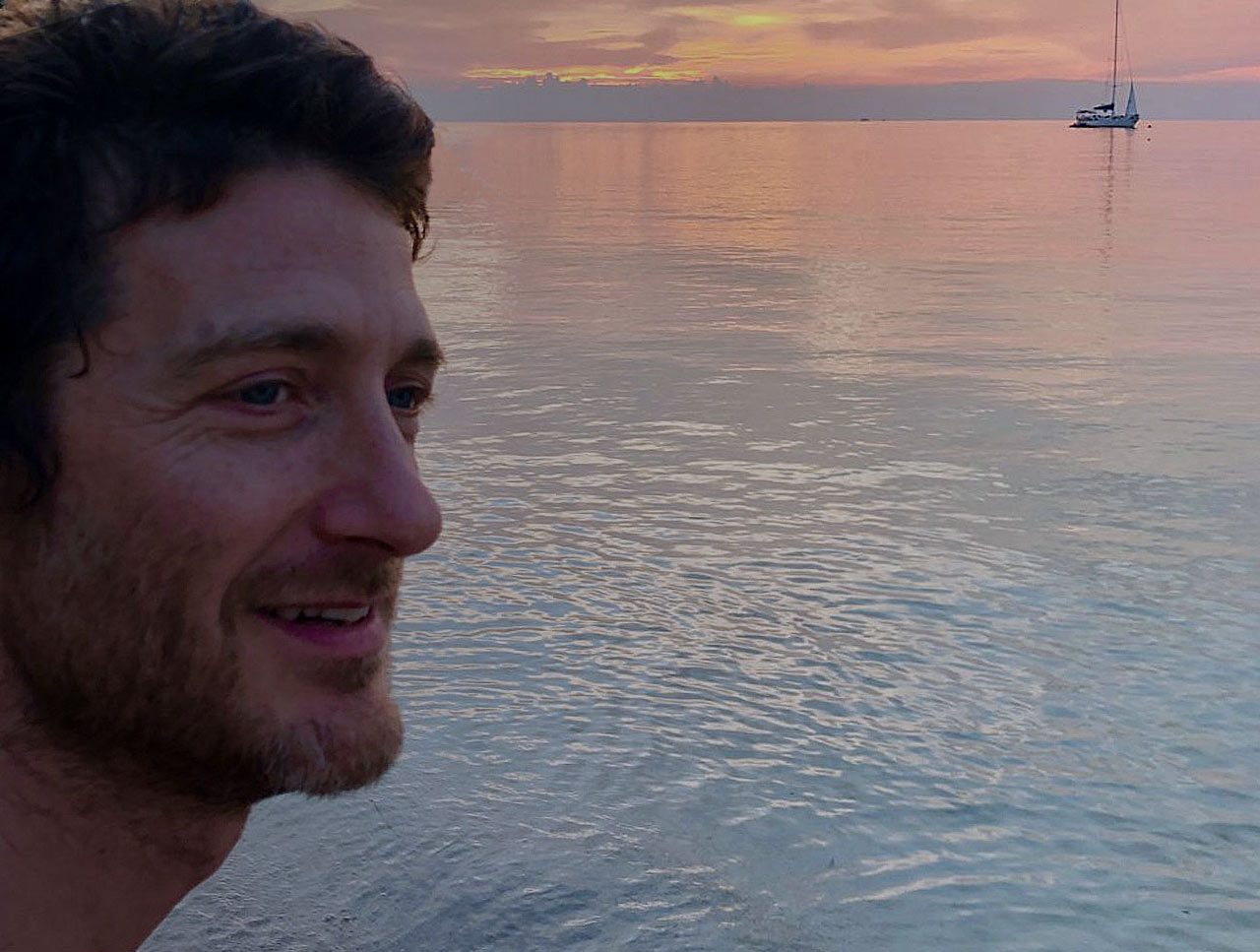I’m currently listening to an audiobook called ‘The Mindbody Prescription’ by John Sarno about how the human being manages seemingly unmanageable feelings that arise predominantly in infancy and childhood. What this book is saying is that there is a point at which the bodymind system makes a switch – it decides (unconsciously) that a feeling is too much, and immediately the brain kicks in and creates a discomfort or pain in the physical body as a way of distracting the system away from the emotional process. There’s all sorts of research that has been done by the doctor who wrote this book, and it really resonated for me and got me thinking.
Imagine that we are the wide open blank canvas that fully allows the emotions to be painted onto the canvas – the whole realm of emotions – no resistance whatsoever. As they are painted onto the canvas they are simultaneously dissolved into the canvas, since only a resistance by the canvas would have the paint stick. What if we never ever even dreamt of repressing another emotion, another feeling – to the point that we would never even have to categorise the feelings into these rather superficial boxes of fear, anger, sadness and joy. As if emotions can really be boxed and labelled! It’s a very useful tool to be able to label, but we have to understand that in reality they are not really separate from each other. There is not one emotion called joy and another emotion called sadness.
Perhaps we have boxed them up in order to somehow try to manage them in our life, because we are conditioned by our culture to accept certain emotions above others. This even differs from culture to culture. In some cultures it is natural to walk down the street in floods of tears. That wouldn’t be a struggle for the person or anybody else – but in our culture this would be very rare. In our culture it’s even rare to be extremely joyful. That would likely trigger people almost as much as anger or sadness. Certainly it’s not common to hear the functional expression of fear, or hear the expression of clear blameless anger.
We are this blank canvas – but we have been conditioned and have become somewhat lost in this conditioning. On the whole we don’t recognise our nature as this blank canvas; and the paint sticks. We need to do something to address this because this subtle or unsubtle controlling of the emotions creates suffering. One of the fundamental things that we can do is understand one essential fact about this process: the emotions being felt are not ours, nor anybody else’s. The fear being felt is not our fear. The anger being felt is not our anger. The sadness being felt is not our sadness and the joy being felt is not our joy. And since they are not ours we don’t need to cling onto them and we don’t need to repress them.
However we are conditioned into thinking that they are ours: ‘this is my anger; this is your fear’ etc. We are scared that if we don’t control them and claim them, we will somehow be overwhelmed by them. It was sensible for us at some point in our life to claim them by identifying what appears to be ours and what appears to be someone else’s. It was a way that we managed feelings that were potentially or actually overwhelming. However we are now adults and have the capacity to see that we no longer need to live from a place of rejecting or manipulating certain feelings. Ownership of an emotion only needs to take place if we have an investment in controlling that emotion. When we come to see that controlling the emotion impacts the free flow of energy, we can begin to relinquish that control.
In order for us to relinquish the subtle and unsubtle manipulation of our feelings (so as to catalyse healing), we need to feel safe, and understand that the work is about integrity rather than intensity. It is about gentle surrender rather than push. So we connect to the ground, the earth, the one that provides for our very survival and holds us with pure compassion throughout our lives. We feel the physical connection to the ground and welcome it. We notice our breath. We develop an intimate relationship with our breath as an oasis. Our breath connects us to a sense of peace. It regulates our nervous system. Relaxed deep breathing brings us home amidst any amount of turmoil.
There is no need for catharsis. Catharsis may occur and but there is absolutely no necessity for it. In fact catharsis can be just another way that we avoid the feeling being felt. We can hide behind the apparent release of it without seeing that we are just cycling through the same process of subtle avoidance. What is important is to establish our connection with the earth, our breath, and the understanding that the feelings are not ours, before we consciously welcome in the realm of the emotions, so that we don’t get lost. Our embodiment of the emotion is key. Without embodiment, or the movement of the emotion through the awareness of the body and breath, we cannot expect much healing to occur.
And with embodiment comes movement. The feelings wish to be free and uninhibited and through moving the body with conscious intention we are automatically welcoming this movement towards freedom; freedom not just for the emotional realm but for the entire being.

